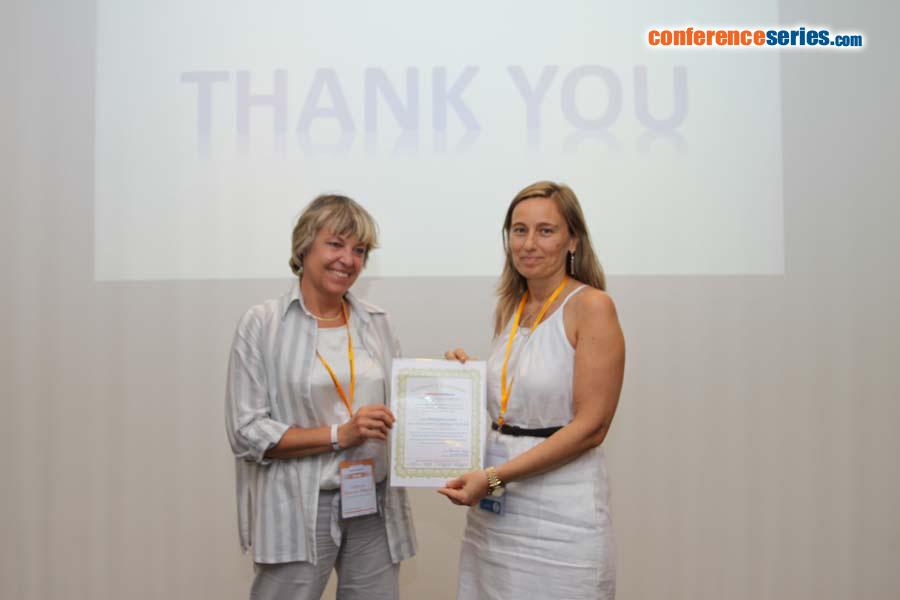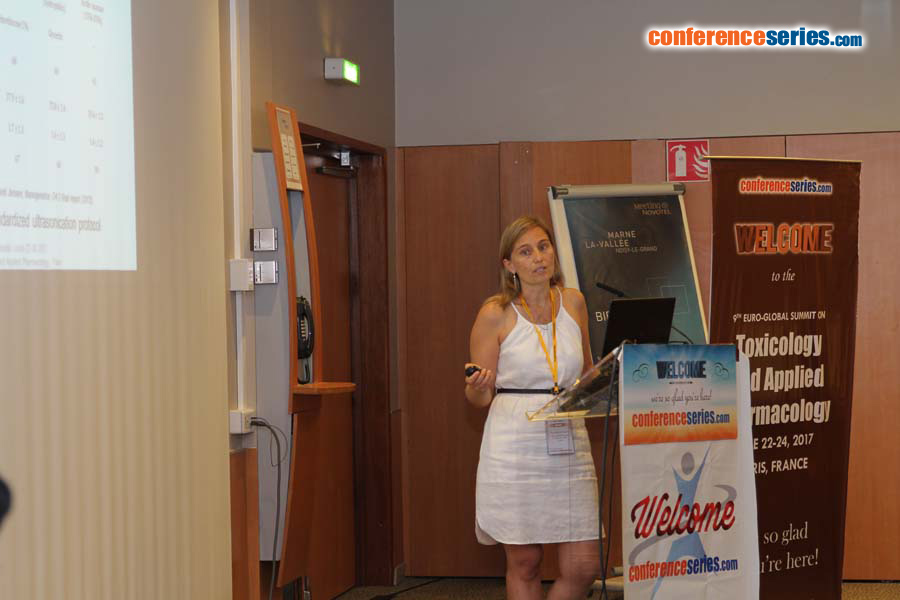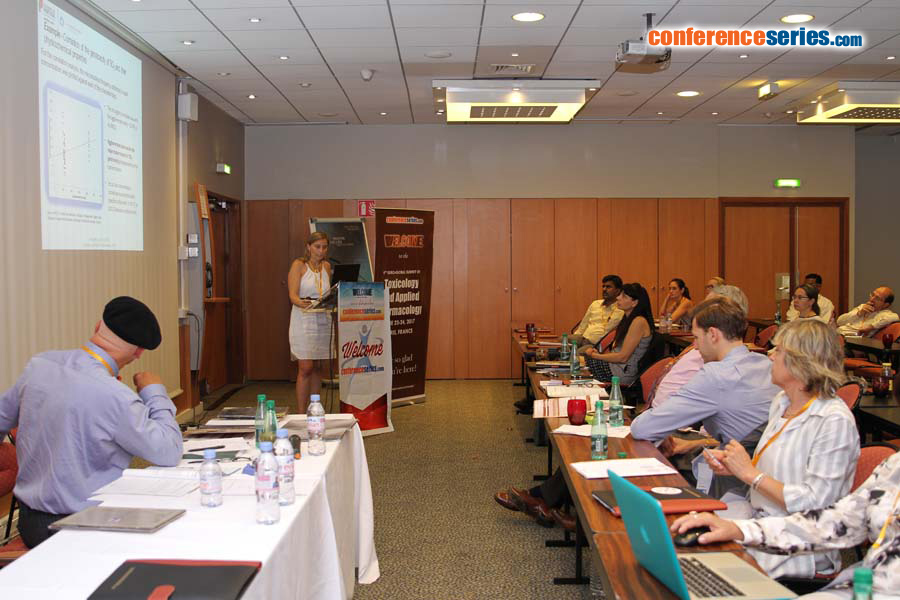
Henriqueta Louro
National Institute of Health Dr. Ricardo Jorge (INSA), Portugal
Title: Connecting the cytotoxic and genotoxic effects of multi-walled carbon nanotubes to their physicochemical properties
Biography
Biography: Henriqueta Louro
Abstract
Statement of the Problem: The manufactured nanomaterials (NMs) have specific physicochemical properties that confer unique characteristics beneficial for biomedical and industrial applications, but that can also determine nano-bio interactions leading to toxic potential. However, the investigation of the genotoxic properties of NMs has been mostly inconclusive, since divergent results have been reported in the literature. To contribute for the safety assessment of NMs, it is important to try to ascertain the NM characteristic that determines the adverse effects, allowing the synthesis of innovative NMs devoid of toxicity.
Objective & Methodology: The present work explores the correlation between physicochemical properties of benchmark NMs (multi-walled carbon nanotubes, MWCNTs) and their cytotoxic and genotoxic effects in human respiratory cells (A549 and Beas-2B), through the MTT, clonogenic, micronucleus and comet assays.
Conclusion & Significance: After 8-days exposure, the clonogenic assay showed cytotoxic effects in A549 cells for all the tested MWCNTs. Correlation analysis suggested an association between the MWCNT size in cell culture medium and cytotoxicity. No induction of DNA damage was observed after any MWCNT exposure in any cell line by the comet assay, while the micronucleus assay revealed that both NM-401 and NM-402 were genotoxic in A549 cells. NM-401 and NM-402 are the two longest MWCNTs analyzed in this work, suggesting that length may be determinant for genotoxicity. No induction of micronuclei was observed in the Beas-2B cell line. The different effects in both cell lines are explained in view of the size-distribution of MWCNTs in the cell culture medium, rather than cell’s specificities. Therefore, tackling NMs safety issues is a complex and challenging issue. It is mandatory that toxicologists adequately characterize both the primary and secondary physicochemical properties of the test nanomaterials and use several endpoints to allow a correct interpretation of data.
Recent Publications
1. Louro H, Pinhão M, Santos J, Tavares A, Vital N, Silva M J (2016) Evaluation of the cytotoxic and genotoxic effects of benchmark multi-walled carbon nanotubes in relation to their physicochemical properties. Toxicol. Lett. 262: 123-134.
2. Costa J G, Saraiva N, Guerreiro P S, Louro H, Silva M J, Miranda J P, Castro M, Batinic-Haberle I, Fernandes A S, Oliveira N G (2016) Ochratoxin A-induced cytotoxicity, genotoxicity and reactive oxygen species in kidney cells: An integrative approach of complementary endpoints. Food and Chemical Toxicology 87: 65-76.
3. Tavares A, Louro H, Antunes S, Quarré S, Simar S, Temmerman P D, Verleysen E, Mast J, Jensen K A, Norppa H, Nesslany F, Silva M J (2014) Genotoxicity evaluation of nanosized titanium dioxide, synthetic amorphous silica and multi-walled carbon nanotubes in human lymphocytes. Toxicology In Vitro 28: 60-69.




